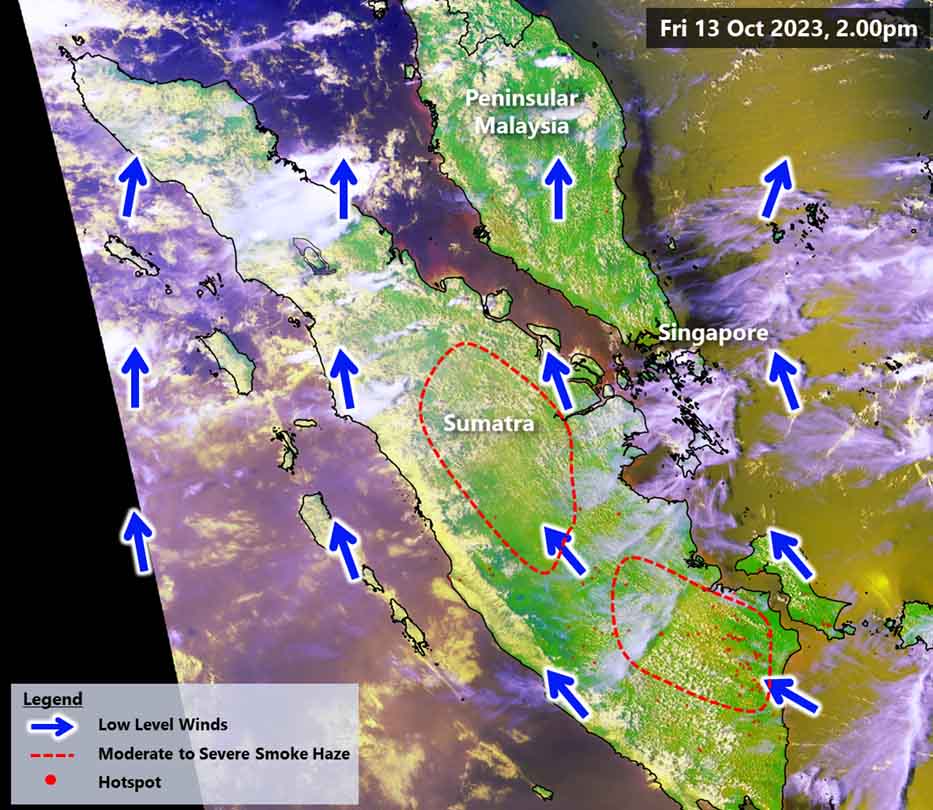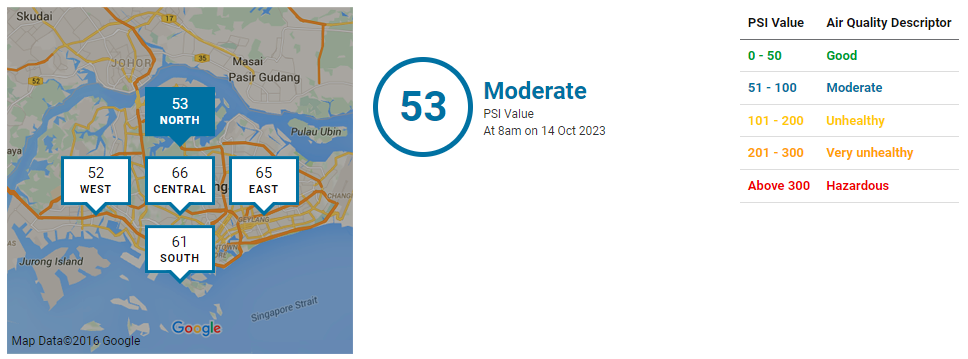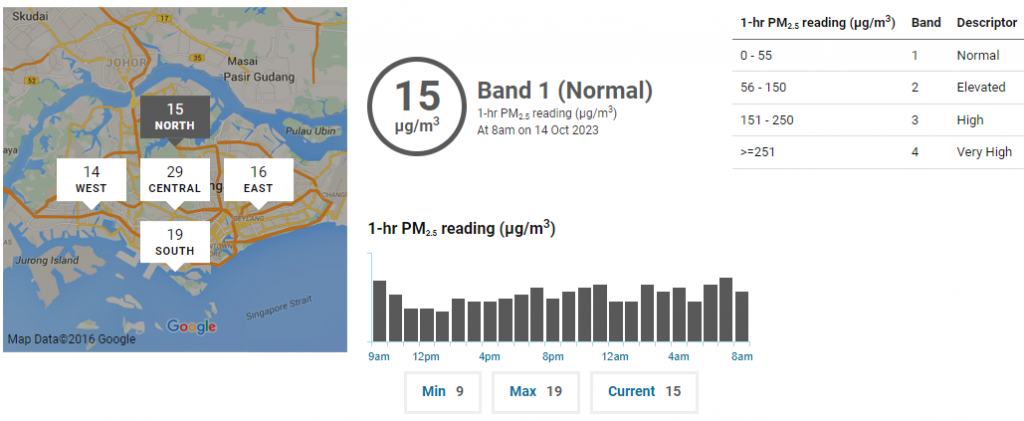SINGAPORE: The National Environment Agency (NEA) issued a warning on Friday, Oct 13, alerting the public to the possibility of a slight haze affecting Singapore this weekend. The primary cause of Singapore haze is the potential escalation of fires in Sumatra, Indonesia.
According to the NEA’s daily haze advisory, the persistence of dry conditions in Singapore and the surrounding region is expected throughout this weekend. Prevailing winds are forecasted to strengthen, blowing predominantly from the south, with occasional shifts to the southwest.

On Friday, the NEA reported the detection of 126 hotspots, primarily concentrated in the southern and central regions of Sumatra. This number represents a slight decrease from the 174 hotspots identified the previous day. The NEA has observed “moderate to dense smoke haze over parts of southern and central Sumatra from satellite imagery, drifting in a northwesterly direction.”
As of 6 pm on Friday, the air quality indicators remained within the normal range. The 1-hour PM2.5 concentration readings were within acceptable levels. The Pollutant Standards Index (PSI) ranged from 49 to 62, categorizing the air quality as good to moderate.
The NEA also shared:
- Healthy people can continue their normal activities.
- Elderly individuals, pregnant women, and children can also maintain their usual routines.
- Persons with chronic lung or heart diseases could also proceed with their regular activities.
The NEA’s forecast for the 24-hour PSI in Singapore maintains it within the “Moderate” range. Singapore has enjoyed relatively clear skies since last Saturday, following a brief period when the air quality deteriorated into the unhealthy range for the first time since 2019.
Recent rainfall over Singapore and its adjacent areas has helped mitigate the risk of haze.
The Pollutant Standards Index (PSI) is in the moderate range as of 8 am today, Oct 14, while the 1-hour PM2.5 concentration readings are within normal range.


Minister for Sustainability and the Environment Grace Fu, has emphasized the unpredictable nature of the haze situation. She pointed out that it depends on several variables, including the region’s hotspots and forest fires, wind direction, and rainfall.
Ms. Fu stated, “It’s uncertain, but we know that we are in an El Niño period, which means that it’s drier and hotter. We need to be vigilant and expect this condition to be intermittent and come and go, or if it’s more serious, it may be with us for a while.”
To stay informed about real-time air quality readings and receive additional advisories, the public is encouraged to visit haze.gov.sg and use the myENV app.

